I have the following code to draw the voronoi diagram;
X = [ 0.018504 0.5187; 0.23114 0.70406;...
0.4447 0.37589;0.45647 0.83682;...
0.48598 0.59816; 0.60684 0.95388;...
0.7621 0.44282; 0.82141 0.02221;...
0.8913 0.84074; 0.95013 0.95278];
[VX,VY] = voronoi(X(:,1),X(:,2));
Assign_labels_to_all_points ( X ,X(:,1),X(:,2));
plot(VX,VY,'-k','linewidth',2);
xlim([-0.2,1.2]);
ylim([-0.2,1.2]);
It is shown in the Voronoi Diagram below:

So, my question is: How to get the vertices and edges of each polygon of the voronoi diagram?
For example;
Polygon X1 has 4 edges and 4 vertices points. I want to get the values of these vertices points. So, for each polygon of the 10 polygons; I want to get its vertices values and number of its edges.